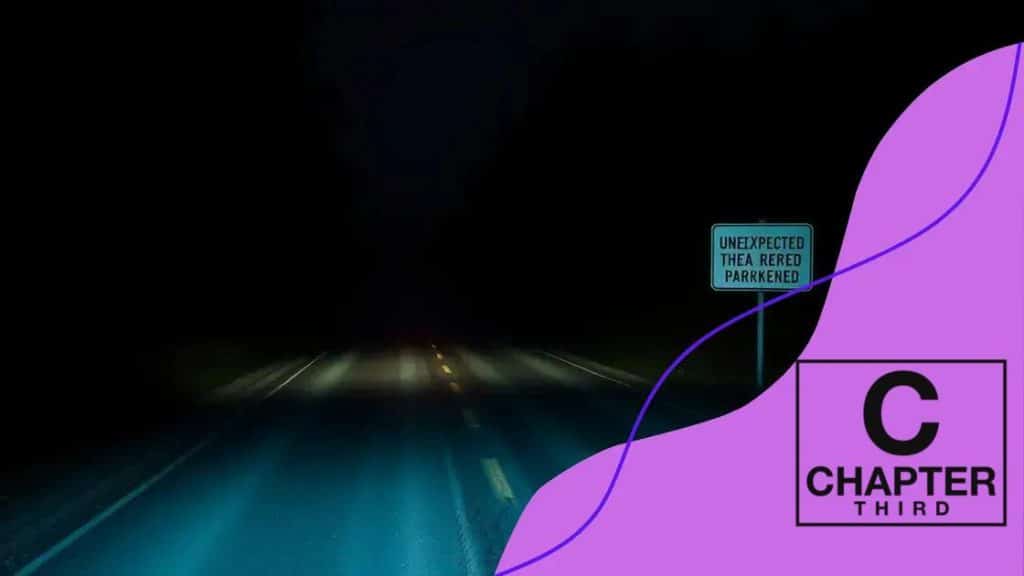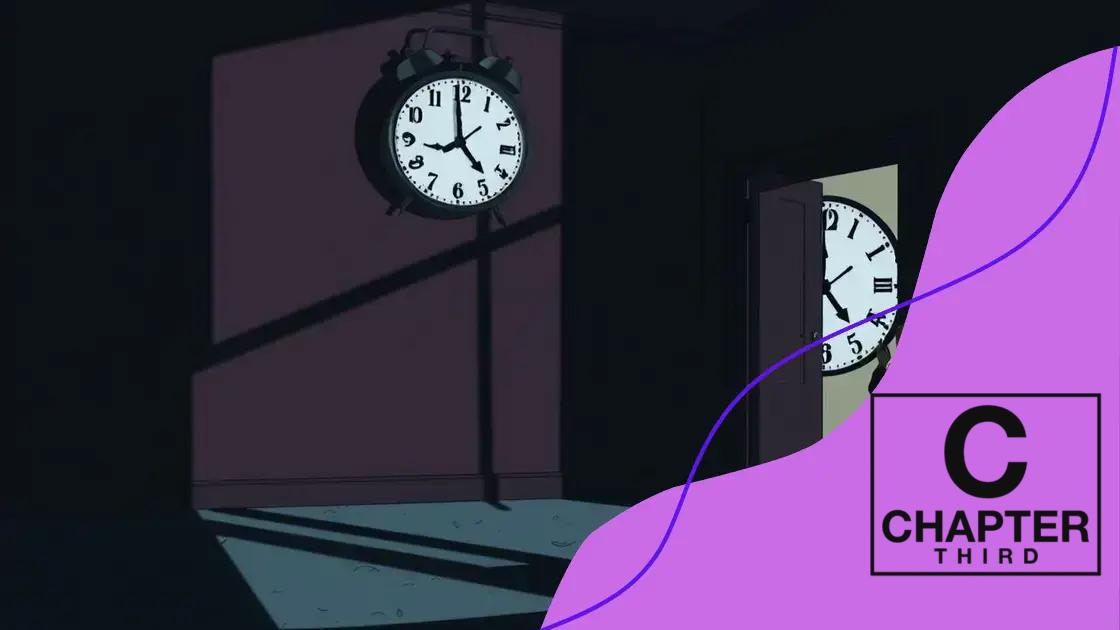Shocking plot twists and cliffhangers that will leave you speechless

Shocking plot twists and cliffhangers are key elements in storytelling, designed to surprise readers and maintain suspense, enhancing overall engagement and emotional investment in the narrative.
Shocking plot twists and cliffhangers are the lifeblood of thrilling storytelling. They keep readers at the edge of their seats, craving more. Ever wondered how these techniques can elevate your writing? Let’s dive in!
Understanding the impact of plot twists
Understanding the impact of plot twists is crucial for writers and readers alike. A well-crafted twist can transform an ordinary story into a remarkable experience. These surprises ignite curiosity and maintain interest, driving readers to engage more deeply with the narrative.
The Importance of Plot Twists
Plot twists serve various functions in storytelling. They can:
- Change the reader’s perspective on characters and events.
- Introduce new conflicts that promote further action.
- Enhance the emotional impact of the narrative.
For instance, a twist revealing a character’s hidden agenda can redefine the story’s stakes, compelling readers to rethink earlier events. This element of surprise keeps readers guessing and invested in the outcome.
How Twists Shape Narrative Structure
Twists influence the flow of a story significantly. An effective twist often leads to:
- Sudden shifts in character motivations.
- Surprising resolutions to ongoing conflicts.
- Revelations that clarify previous ambiguities.
As the plot develops, these twists create a web of intrigue. Each unexpected turn adds layer upon layer, encouraging readers to reflect on what they previously thought they knew.
Ultimately, the goal of using plot twists is to enhance storytelling. When executed skillfully, twists invite readers to explore themes of deception, trust, and the unforeseen. A memorable twist can transform a mundane narrative into an unforgettable experience.
Famous cliffhangers in literature
Famous cliffhangers in literature have captivated readers for generations. These unresolved moments leave the audience craving more, making them essential to engaging storytelling. When a story concludes with a cliffhanger, it creates a sense of urgency and suspense, ensuring readers come back for the next installment.
Classic Examples of Cliffhangers
Some of the most notable cliffhangers in literature include:
- “A Tale of Two Cities” by Charles Dickens: The fate of Dr. Manette’s family hangs in the balance until the very last moments.
- “The Girl on the Train” by Paula Hawkins: The unfolding mystery leaves readers questioning what happens next.
- “Harry Potter and the Half-Blood Prince” by J.K. Rowling: The shocking end of this book has readers eager for the final installment.
These examples illustrate how a cliffhanger can change our perception of the story and keep readers on the edge of their seats. The use of suspense generates buzz and excitement, often leading to lively discussions among fans.
Why Cliffhangers Work
Understanding why cliffhangers work is key for writers. They create tension by:
- Leaving critical plot points unresolved.
- Connecting emotionally with readers by investing them in character journeys.
- Encouraging speculation and theories about future developments.
Writers can skillfully deploy these tactics to craft unforgettable narratives. By providing just enough information, they hook readers, prompting them to ponder what might happen next. This dynamic keeps readers deeply engaged.
Overall, cliffhangers in literature amplify dramatic tension, ensuring that stories linger in the minds of readers long after they’ve finished. They highlight the power of anticipation and the thrill of the unknown.
The art of building suspense

The art of building suspense is essential in storytelling. By slowly increasing tension, writers can keep readers engaged and eager to know what happens next. Suspense draws the audience into the narrative, allowing them to experience emotions alongside the characters, making every twist and turn feel more impactful.
Techniques for Creating Suspense
Writers can use several techniques to effectively build suspense:
- Foreshadowing: Hinting at future events creates anticipation and keeps readers guessing.
- Pacing: Controlling the speed of the narrative can increase tension, with faster pacing during crucial moments.
- Uncertainty: Keeping characters’ intentions ambiguous adds layers of intrigue.
These tools allow authors to manipulate reader emotions, heightening their investment in the story. By carefully unveiling pieces of the plot, writers can create an atmosphere thick with unease and expectation.
The Role of Characters in Suspense
Characters play a vital role in building suspense. When readers connect emotionally with characters, they become more anxious about their fates. Effective characterization involves presenting relatable flaws and vulnerabilities, creating empathy.
As characters face difficult choices, their moral dilemmas can keep readers on edge. The stakes must feel real and significant so that when challenges arise, the audience cannot help but worry about the possible outcomes. This emotional investment is what keeps readers turning the pages.
Incorporating unexpected twists effectively amplifies the suspense. A sudden revelation can leave readers shocked and eager to see how the characters respond to the new challenges. Each twist adds another layer of complexity to the story, ensuring that the suspense remains elevated.
Techniques for crafting unforgettable twists
Crafting unforgettable twists involves a mix of creativity and strategic planning. The right twist can change the entire course of a story and leave readers astonished. Writers must master these techniques to ensure their twists resonate.
Surprise and Reversal
One of the main techniques is the element of surprise. A twist should defy the audience’s expectations, which means planting misleading clues. This can involve:
- Creating false narratives that mislead readers.
- Presenting characters who seem trustworthy but have hidden motives.
- Using red herrings to distract from the real twist.
By carefully guiding readers down one path, writers can create a shocking reversal that makes the twist even more striking.
Emotional Investment
Another crucial aspect is establishing a strong emotional investment in characters. When readers feel connected to characters, the impact of a twist is amplified. Writers can achieve this by:
- Developing deep character backstories.
- Showing vulnerabilities that readers can relate to.
- Creating relationships that audiences root for.
This way, when a twist occurs that affects these beloved characters, the emotional reaction is profound.
Timing is also essential in crafting twists. A twist should feel like a natural progression of the story, not an abrupt change. Carefully pacing the narrative builds tension leading up to the twist, making it feel more organic. Writers should set up the twist throughout the story, creating a pathway for readers to follow, even if they don’t realize it until the reveal.
Ultimately, integrating these techniques enables writers to create twists that are not only surprising but also unforgettable. The combination of unexpected elements and strong emotional ties can leave readers thinking long after they have closed the book.
Psychology behind surprise endings
The psychology behind surprise endings is fascinating. These endings can evoke strong emotions, leaving readers shocked or thrilled. Understanding the reasons why surprise endings work helps writers implement them effectively.
The Element of Expectation
One key element is the concept of expectation. Readers often form predictions about how a story will end based on clues throughout the narrative. When a surprise ending defies these expectations, it creates a powerful effect. This can happen through:
- Subverting typical plot structures.
- Introducing new, unexpected motives.
- Revealing hidden truths about characters.
By playing with these expectations, writers can create memorable twists that resonate strongly with the audience.
Emotional Responses
Surprise endings can provoke a variety of emotional responses. People often react with excitement or disbelief when faced with an unexpected twist. This engagement happens because:
- Our brains crave novelty; surprise endings provide it.
- They can alter our understanding of the entire story.
- Such twists can foster discussions and debates among readers.
When a story ends in a way that challenges the reader’s assumptions, it encourages them to reflect on what they just read. The emotional rollercoaster adds to the overall experience, making the story more impactful and memorable.
Additionally, surprise endings can lead to a sense of closure or the opposite—a feeling of unresolved tension. Writers can use both effects to their advantage, deciding how they want the audience to feel after the last page is turned. A well-crafted surprise ending can elevate a story, turning it into a conversation starter that lingers in readers’ minds.
In conclusion, crafting stories with shocking plot twists and cliffhangers can greatly enhance the reading experience. These techniques keep readers engaged and eager for more. By understanding the psychology behind these elements, writers can create unforgettable moments that will leave audiences thinking long after they turn the last page. Ultimately, effective storytelling combines suspense, character development, and well-timed surprises to captivate and thrill readers.
FAQ – Frequently Asked Questions about Shocking Plot Twists and Cliffhangers
What are plot twists and why are they important?
Plot twists are unexpected changes in a story that surprise the reader. They are important because they keep the audience engaged and make the narrative more memorable.
How do cliffhangers enhance storytelling?
Cliffhangers leave readers in suspense at the end of a chapter or story segment, prompting them to continue reading to find out what happens next.
What techniques can I use to create effective twists?
You can use misdirection, build emotional connections with characters, and carefully control pacing to craft effective twists that surprise readers.
How do surprise endings affect reader emotions?
Surprise endings evoke strong emotional responses by altering the reader’s expectations, leading to feelings of shock, excitement, or even disappointment.





